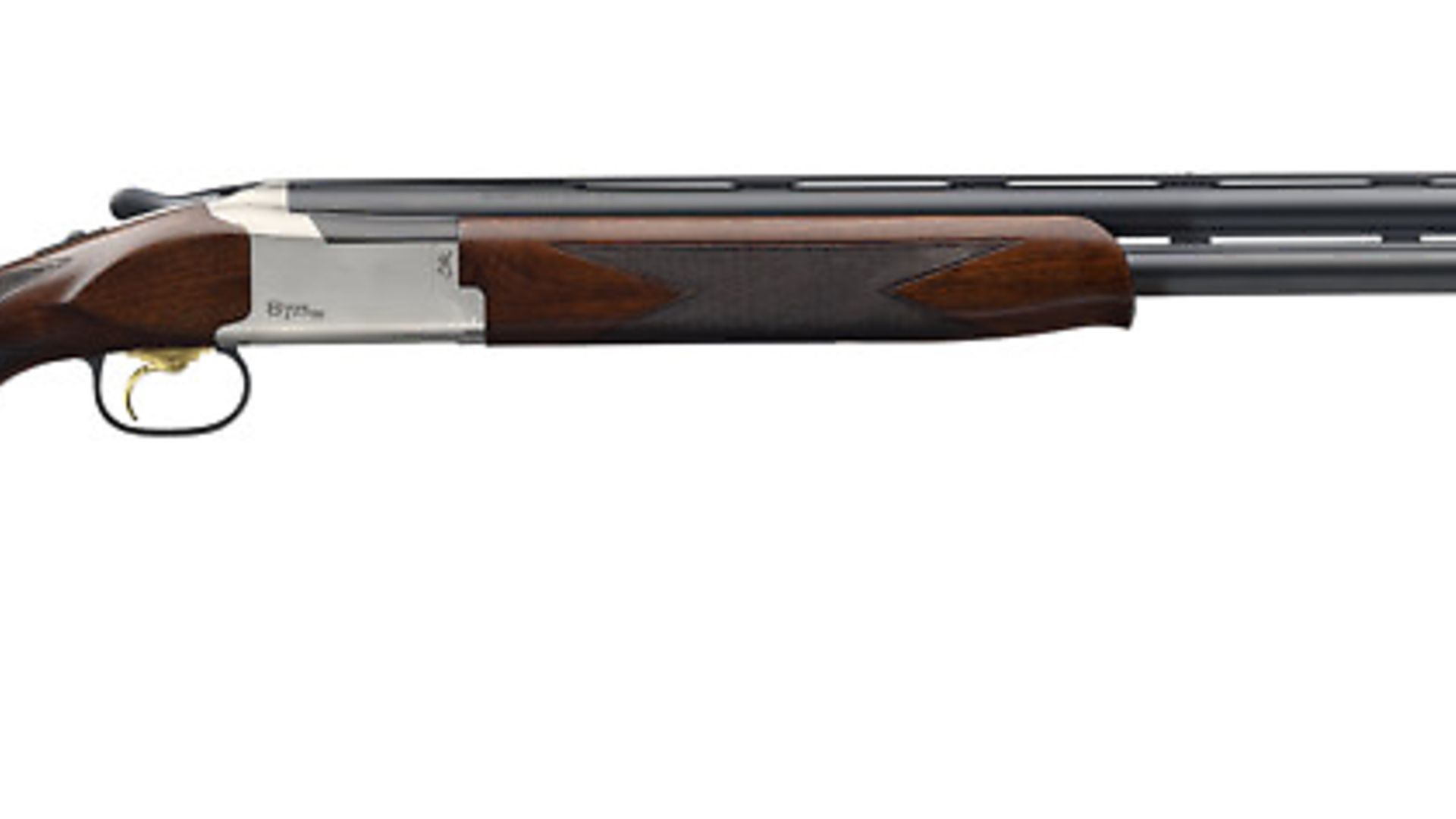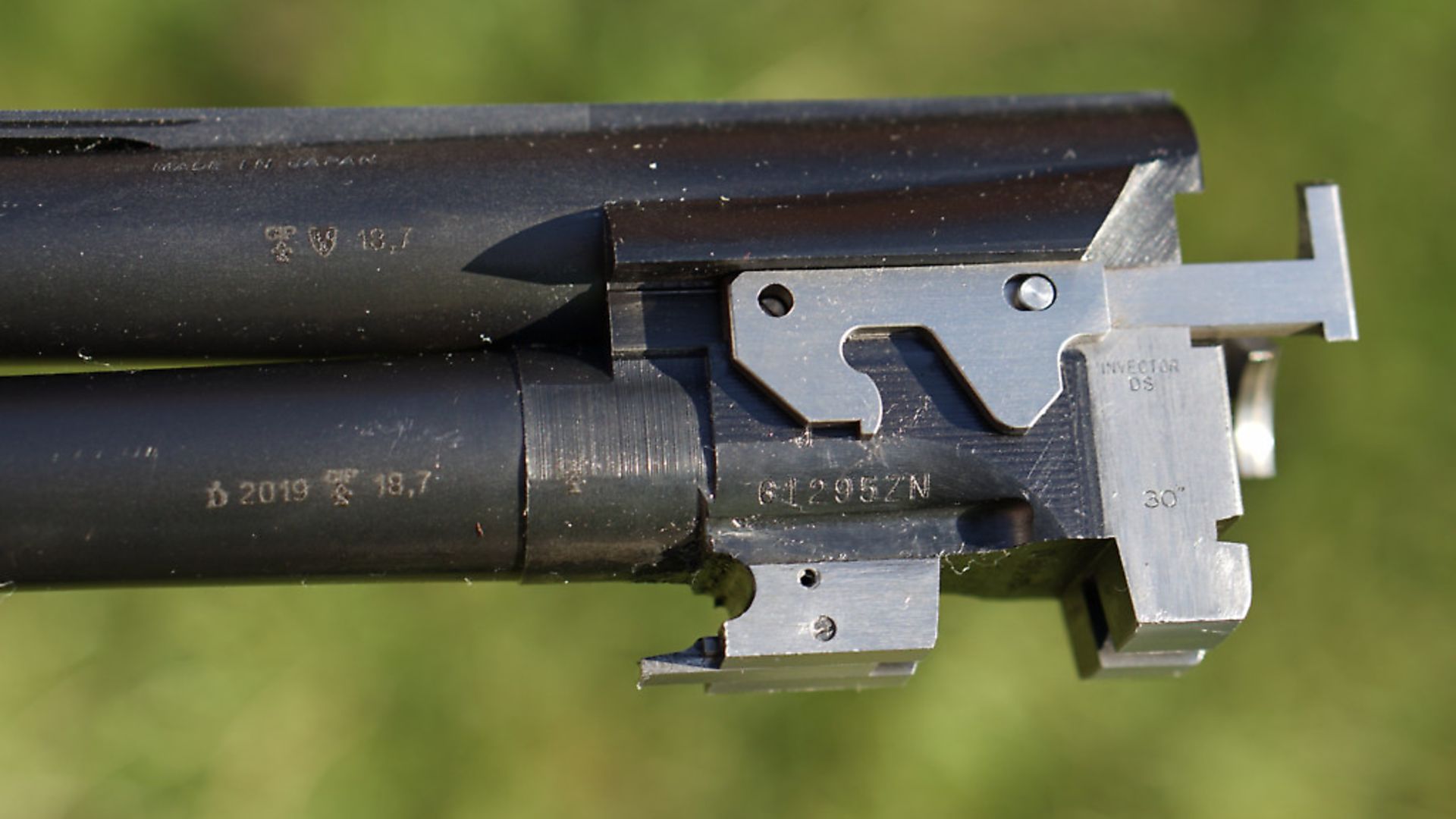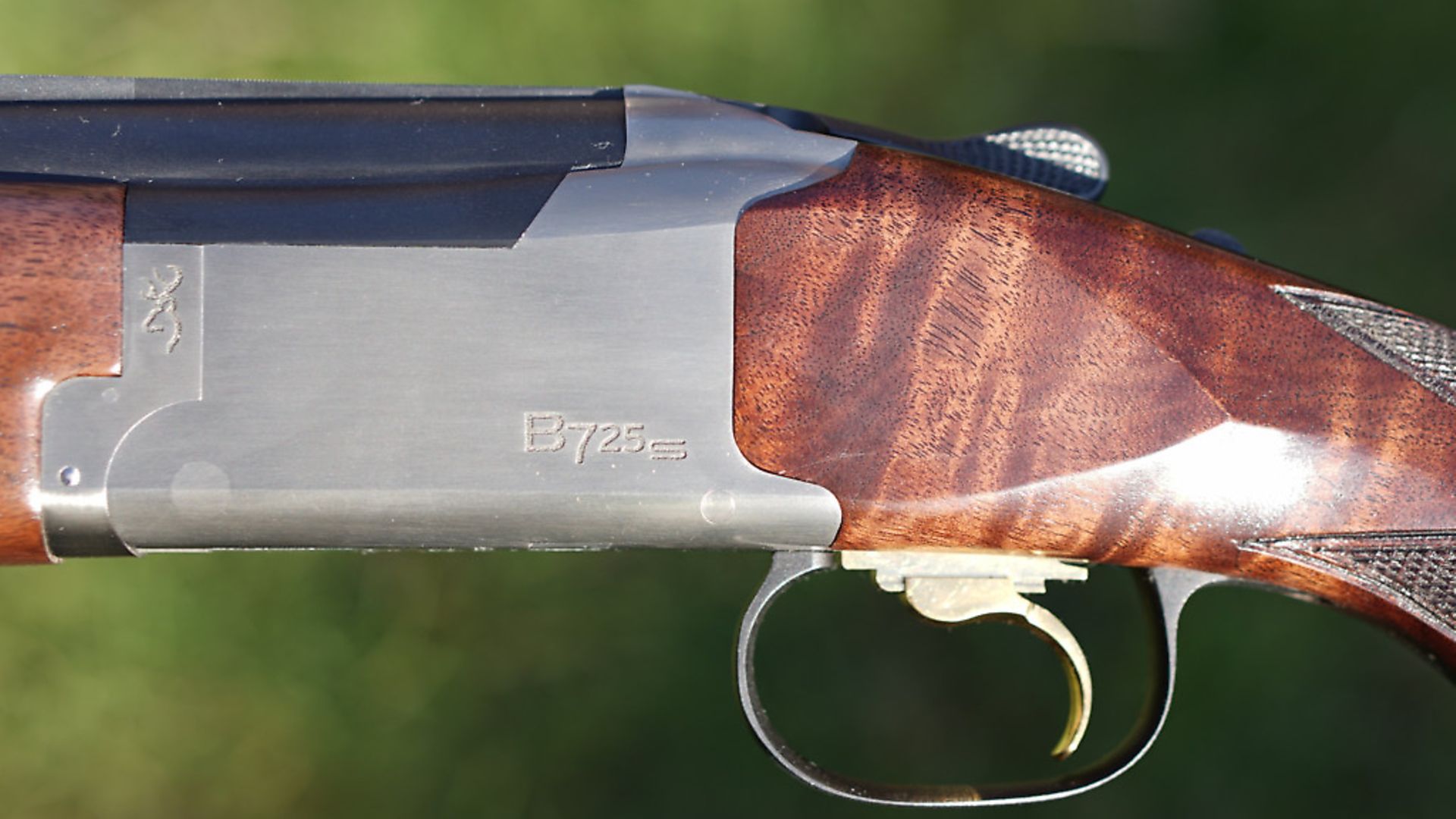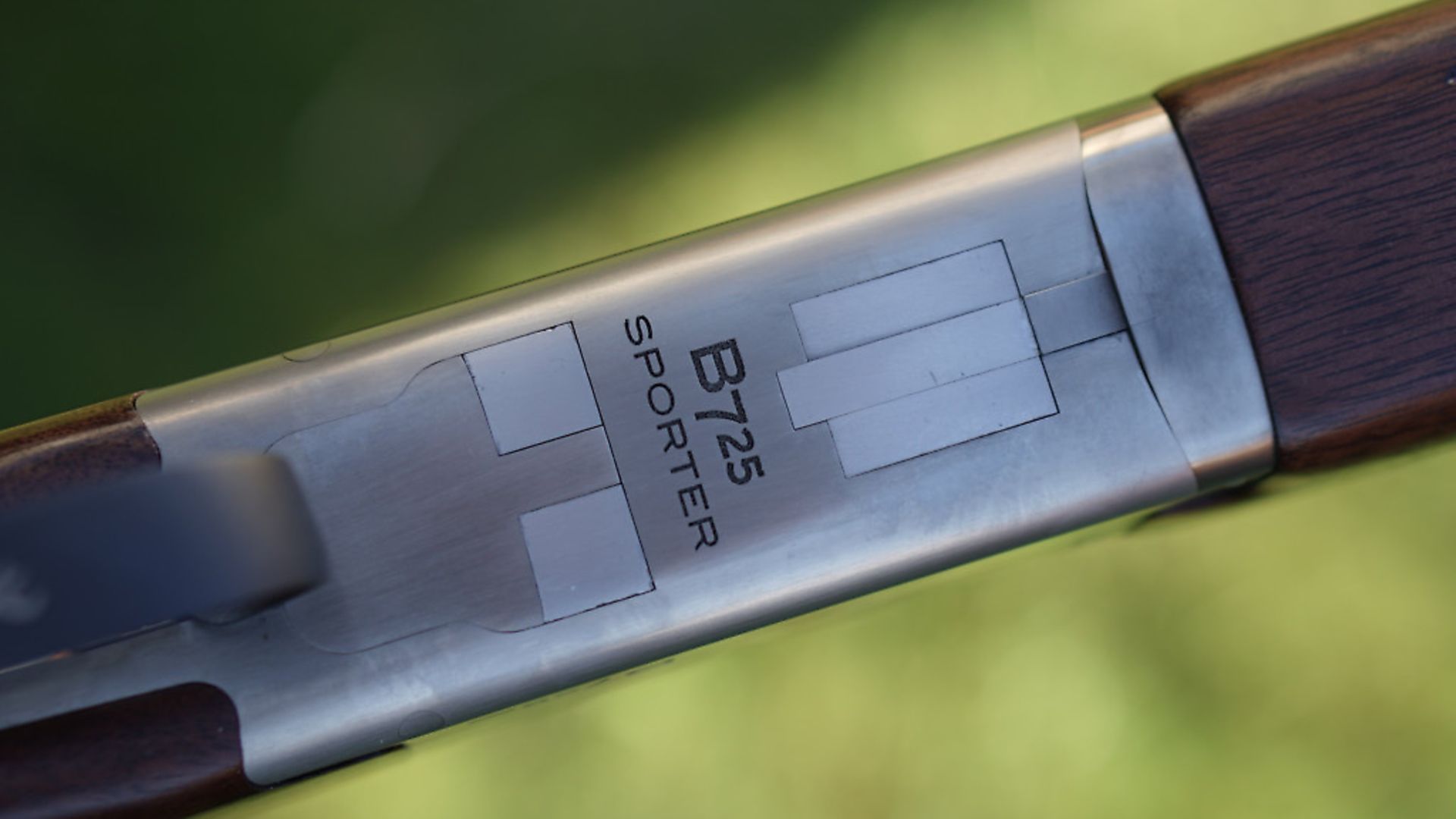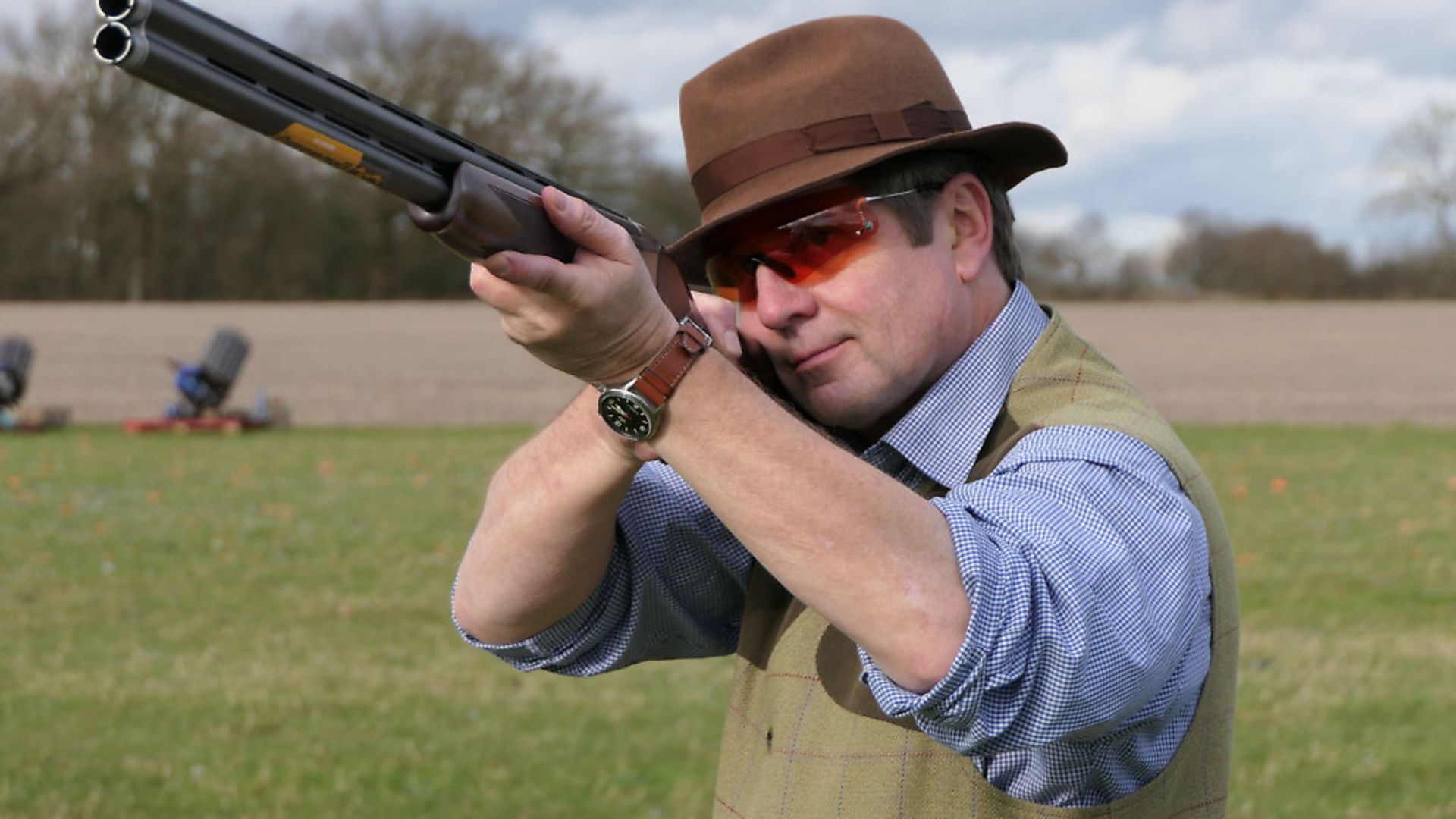BROWNING B725 SPORTER – test & review
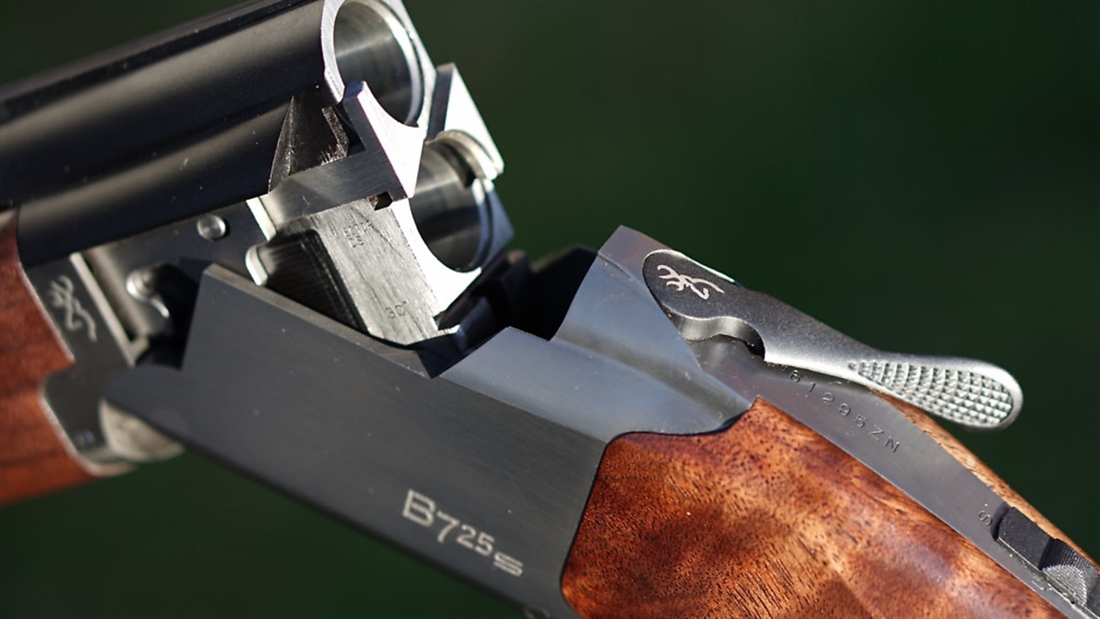
Mike Yardley reviews the new Browning B725 Sporter and who comes away from an even bigger Browning fan than he already was!
BROWNING B725 SPORTER – BRIEF OVERVIEW
WE LIKE: The aesthetic and stock improvements; The way it shoots; The value for money
WE DON’T LIKE: The palm swell
TECH SPECS
Make/model: Browning 725 Sporter 12-bore
Model: 725 Sporter
Barrels: 30’’ (32’’ option)
Chamber: 3’’
Proof: fleurs de lys for steel
Chokes: InvectorDS extended (5 supplied)
Weight: 7 pounds 14 ounces
RRP: £2,329 with schnabel fore-end (a trap forend is no cost option); adjustable comb model, £ 2,525 (again with trap or schnabel fore-end)
BROWNING B725 SPORTER – DETAILED TEST & REVIEW
This month’s test gun is the new Browning B725 Sporter. The old model is a gun of which I was especially fond. I have shot clay and game with a 30” version (like the test gun featured) and it worked brilliantly well. I also thought the 32” 20-bore outstanding.
If you visit YouTube and search ‘Mike Yardley Browning’, you will find a film of me using the B725 12-bore in Hungary on a rather upmarket pheasant shoot. There are few guns I have ever shot better on live quarry than the B725 (and, forget the ‘Sporter’ designation, I preferred the Sporter for both driven pheasant and clays). Anyway, I am leaping ahead of myself as usual. It’s probably the effect of all this ‘self-isolation’. Writing up shotguns certainly beats the hell out of being a lounge lizard – and dreaming of using them is what is getting me through this time!
The new B725, which should have been launched at IWA, is much like the old B725 in most respects, but there are some significant differences. The action is even plainer than it was previously. The go-faster stripes have been removed, and the action walls are without any engraving or decoration. I prefer the new look; the modernist ‘swiggles’ that used to be cut into the action walls never did it for me.
The barrels and metalwork have also been treated to a new satin/matt black finish. Again, this gets my thumbs up – it’s an attractive finish and practical into the bargain. An overly shiny gun is an impediment in competition or a hide. The new finish looks especially good because Browning are masters at finishing their metal surfaces. With no imperfections, this dull finish succeeds very well.
The most significant changes to the new B725 concern its stock. The butt has been slimmed considerably and the grip and palm swell have been altered. The grip is smaller, and the palm protrusion has been moved. I will be frank. This was one aspect of the new model I did not like much. I found my hand didn’t really feel fully secure on the grip; it wanted to move forward. Palm swells are always difficult. It is hard enough to make a grip to suit all or most hands, but harder still to create a universal palm swell (and, consequently, I think they are better left off, generally speaking).
The American walnut stock was well presented with cut chequering and an attractive oil finish. The stock wood had some figure too. I also liked the schnabel fore-end (but am happy to note a Trap-esque beavertail is at available at no extra cost).
When I mounted this 725, I thought the comb a little low (not much – just typically Browning with about 2¼” of drop at heel). There was not much cast either. The average middle-aged Joe might need an extra 1/8”. When I used to fit mass-produced guns to a lot of average sized men, many of the those gun and shooter combinations ended up in a prescription of up 1/8” at heel and across 1/8 or 3/16” at heel. A little too high is always to be preferred to a little too low – and many middle-aged men need a bit of extra cast in my experience.
The stock is finished off with a new Inflex II polymer recoil pad; a thin 12mm pad is fitted, but there are thicker 20 and 25mm versions available to add a bit of length. Another interesting feature of the stock is that you can add dedicated Pro-Balance stock weights to it (these are not supplied but available as a branded accessory, as well as barrel weights that attach onto the side ribs).
Anything else? The B725, which weighs just under 8lb, is a little front heavy (easily remedied with one of the stock weights mentioned). It is 3” chambered, and the monobloc barrels greatly impress. Proofed for steel, they have long forcing cones and wider than average bores. Presentation of bores and external surfaces is first class.
Technical
The B725 is a clever development of the famous B25 Browning (the last work of Mormon gunmaking genius John Moses Browning – he died at his Herstal working bench perfecting it in 1926) and the Japanese-made 525 (still current in the Browning range).
The design came from Browning’s engineers in Belgium (although the gun is made in Japan by BC Miroku like most Browning shotguns, save B25s from the custom shop at Herstal).
The B725 kept the Browning full-width hinge pin and bolting arrangement – the engineering is not much changed – but the action is reshaped at the fences and the profile significantly lowered. An improved trigger and special ‘DS’ multi-chokes incorporating a rear seal were introduced.
Perhaps a little more history is in order. The basic concept of the original B25 was copied and slightly simplified for production ease and economy in Japan by Miroku in the 1960s. In the next decade, following delicate negotiations, Browning put together a very special deal with the Japanese firm that had been copying their products unlicensed, to make guns (and rifles) for them. Thus the Japan-made Browning Citoris were born and evolved into the 325, 425, the 525 (still in production as noted), the 625 (only seen in the US) and, more recently, the 725, which is a significantly different gun to all the others.




